Intended Use
Violet Red Bile Glucose Agar (DM287H) is recommended for detection and enumeration of Enterobacteriaceae from pharmaceutical products using the microbial limit testing in compliance with the harmonized methodology of USP/EP/BP/JP.
Product Summary and Explanation
Enterobacteriaceae are glucose-fermenting bacteria group comprising of lactose-fermenting coliform bacteria, lactose-non fermenting strains of E. coli, and lactose-non fermenting species, such as Salmonella and Shigella. It is desirable to detect Enterobacteriaceae rather than the coliform bacteria while examining some foods.(1) Mossel et al.(2) modified lactose-containing Violet Red Bile Agar by adding glucose to improve the recovery of Enterobacteriaceae. Later work by Mossel et al.(3,4) demonstrated that lactose could be omitted, resulting in the formulation known as Violet Red Bile Glucose Agar (VRBGA). Violet Red Bile Glucose Agar is a selective medium recommended for detection and enumeration of Enterobacteriaceae especially the bile tolerant gram negative bacteria from non-sterile products and pharmaceutical preparations in accordance with the microbial limit testing by harmonized methodology of USP/EP/BP/JP/IP.(5,6,7,8,9,)
Principles of the Procedure
Violet Red Bile Glucose Agar contains pancreatic digest of gelatin and yeast extract which provide nitrogenous compounds, vitamins and other nutrients essential for bacterial metabolism. Bile salts and crystal violet are inhibitors which make the media selective. Crystal violet inhibits gram-positive organisms especially Staphylococci. Neutral red indicator helps to detect glucose fermentation. Glucose fermenting strains produce red colonies with pink -red halos in the presence of neutral red. Sodium chloride maintains the osmotic equilibrium in the medium. As the pH of medium falls below 6.8 due to absorption of neutral red dye, the colour of the medium changes to red colour.
Formula / Liter
| Ingredients | : Gms / Liter |
| Yeast extract | : 3.00 |
| Pancreatic digest of gelatin | : 7.00 |
| Bile salts | : 1.50 |
| Sodium chloride | : 5.00 |
| Glucose monohydrate | : 10.00 |
| Agar | : 15.00 |
| Neutral red | : 0.03 |
| Crystal violet | : 0.002 |
| Final pH: 7.4 ± 0.2 at 25°C | |
| Formula may be adjusted and/or supplemented as required to meet performance specifications | |
Precautions
1. For Laboratory Use only.
2. IRRITANT. Irritating to eyes, respiratory system, and skin.
Directions
1. Suspend 41.50 grams (the equivalent weight) of the medium in one litre of distilled water.
2. Heat to boiling to dissolve the medium completely.
3. DO NOT AUTOCLAVE.
4. Mix well and pour into sterile Petri plates.
Quality Control Specifications
| Dehydrated Appearance | : Light yellow to pinkish beige homogeneous free flowing powder | |
| Prepared Medium | : Reddish purple coloured clear to slightly opalescent gel forms in Petri plates | |
| Reaction of % solution | : Not Applicable | |
| Gel Strength | : Firm, comparable with 1.5% Agar gel | |
Growth Promotion Test
Growth Promotion is carried out in accordance with the harmonized method of USP/EP/BP/JP. Cultural response was observed after an incubation at 30-35°C for 18-24 hours. Recovery rate is considered as 100% for bacteria growth on Soyabean Casein Digest Agar.
Growth promoting properties
Growth of microorganism comparable to that previously obtained with previously tested and approved lot of medium occurs at the specified temperature for not more than the shortest period of time specified inoculating <=100 cfu (at 30-35°C for <=18 hours).
Indicative properties
Colonies are comparable in appearance and indication reaction to those previously obtained with previously tested and approved lot of medium occurs for the specified temperature for a period of time within the range specified inoculating <= 100 cfu (at 30-35°C for 18-24 hours).
Expected Cultural Response:
| Sr. No. |
Organisms | Results to be achieved | |||||
| Inoculum (CFU) |
Growth | Observed Lot value (CFU) |
Recovery | Colour of colony |
Incubation Temperature |
||
| Growth Promoting + Indicative | |||||||
| 1. | Escherichia coli ATCC 8739 |
50-100 | good- luxuriant |
25-100 | >=50% | pink-red with bile precipitate |
18-24 hrs |
| 2. | Pseudomonas aeruginosa ATCC 9027 |
50-100 | good- luxuriant |
25-100 | >=50% | pink to red | 18-24 hrs |
| Additional Microbiological Testing | |||||||
| 3. | Escherichia coli NCTC 9002 |
50-100 | good- luxuriant |
25-100 | >=50% | pink-red with bile precipitate |
18-24 hrs |
| 4. | Escherichia coli ATCC 25922 |
50-100 | good- luxuriant |
25-100 | >=50% | pink-red with bile precipitate |
18-24 hrs |
| 5. | Salmonella enteritidis ATCC 13076 |
50-100 | good- luxuriant |
25-100 | >=50% | light pink | 18-24 hrs |
| 6. | Enterobacter aerogenes ATCC 13048 |
50-100 | good- luxuriant |
25-100 | >=50% | pink-red | 18-24 hrs |
| 7. | Staphylococcus aureus ATCC 25923 |
>=10³ | inhibited | 0 | 0% | —- | >=24 hrs |
| 8. | Staphylococcus aureus ATCC 6538 |
>=10³ | inhibited | 0 | 0% | —- | >=24 hrs |
The organisms listed are the minimum that should be used for quality control testing.
Test Procedure
Refer to appropriate references for standard test procedures. This medium can be used in spread or pour plate procedures, with or without an overlay. In addition, this medium can be used as an over layer for spread plates to both prevent swarming colonies and to provide semi-anaerobic conditions that suppress the growth of non-fermentative gram-negative organisms. Stab inoculation procedures can also be used with this medium.
Results
Enterobacteriaceae ferment glucose, produce acid products and form red to dark purple colonies surrounded by red-purple halos. Refer to appropriate references and standard test procedures for interpretation of results.
Storage
Store the sealed bottle containing the dehydrated medium at 10-30°C. Once opened and recapped, place container in a low humidity environment at the same storage temperature. Protect from moisture and light.
Expiration
Refer to the expiration date stamped on the container. The dehydrated medium should be discarded if not free flowing, or if the appearance has changed from the original color. Expiry applies to medium in its intact container when stored as directed.
Limitations of the Procedure
1. When used in the pour plate procedure, the medium should be freshly prepared, tempered to 47°C, and used within 3 hours.
2. For identification, organisms must be in pure culture. Morphological, biochemical and/or serological tests should be performed for final identification.
3. Consult appropriate texts for detailed information and recommended procedures.


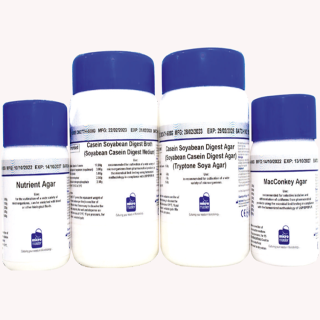



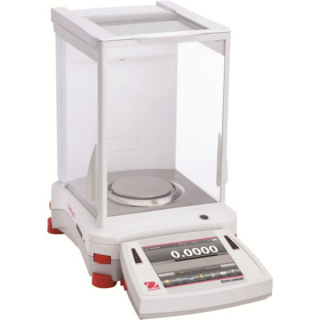
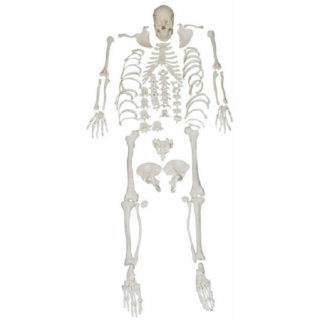
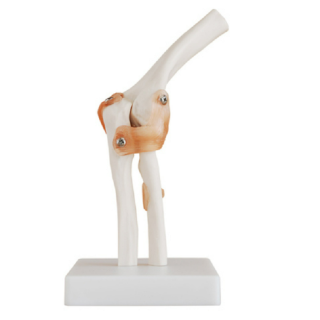
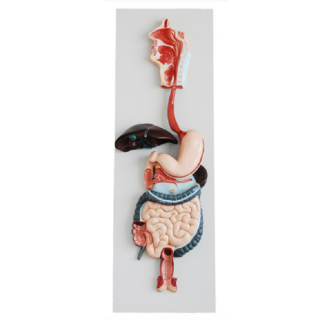
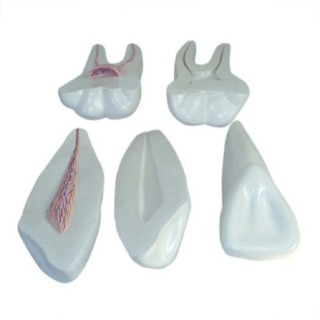
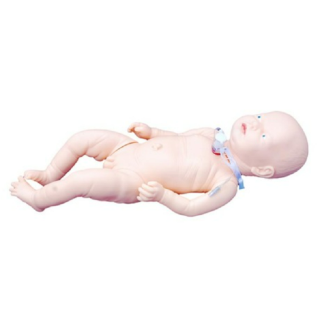
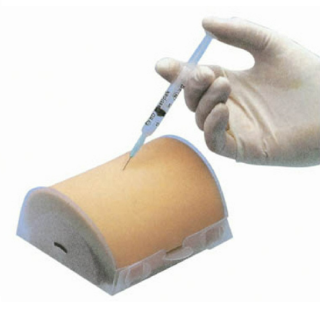

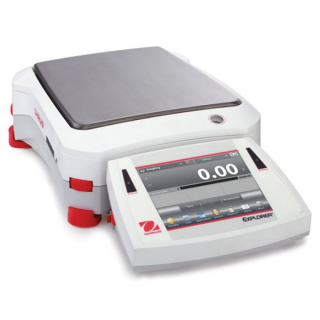
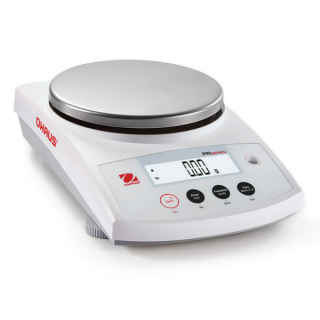
Reviews
There are no reviews yet.